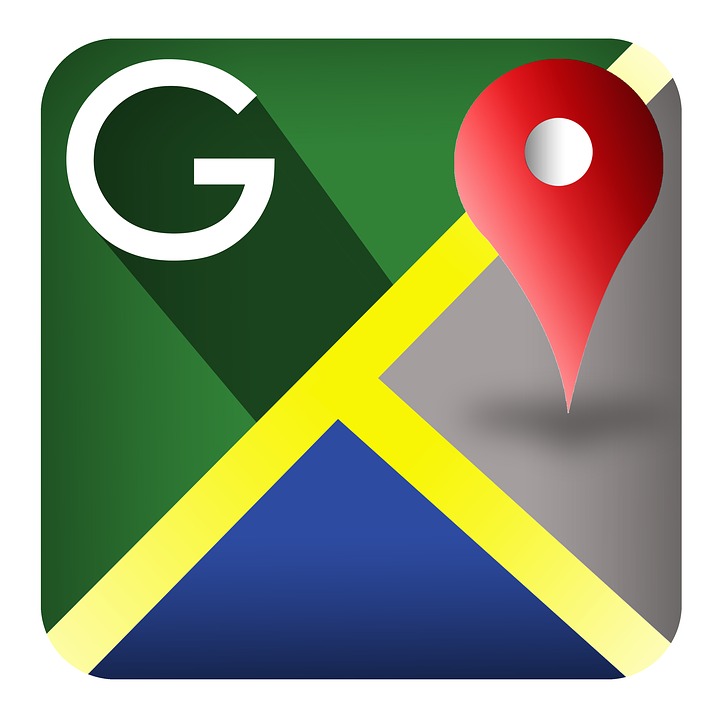One of the most common questions that we’re asked by potential clients is how we go about using localisation to increase the relevancy of our messaging in different markets. After all, we work with clients from all over the world, and they’re not always looking for leads in their local area. In many cases, they’re looking to increase their reach and to build up a new customer base in a totally new area.
This raises all sorts of challenges, including the fact that we’re effectively starting from scratch with no existing brand recognition. This means that we need to create different copy for different types of prospects, depending upon whether they’ve already heard of the company or not. Then, of course, we have to translate any copy that we use into the local language, including different variants of headlines and other written content for our A/B tests.
Some countries have multiple languages, which adds an extra element of difficulty, and translation itself isn’t always cheap. It’s not a case of simply running terms through Google Translate and then copy and pasting the outputs into a PSD. Every language has its little nuances and if you want your campaigns to achieve the best results possible, it needs to be written in language that people relate to.
Cultural Norms
But it’s not just the language itself that you need to get just right. You also need to pay attention to cultural norms, which means that if you’re making references to pop culture, you need to make sure that those references are still relevant to the audience you’re trying to reach. And this applies to the images that you use, too.
Remember that different colours have different connotations in different cultures. On top of that, it’s also worth considering making sure that any people shown in your imagery reflect the demographics and ethnographics of the markets you’re trying to reach. It’s all about mirroring your target audience, speaking in a language that they understand and pre-empting their thoughts and concerns.
That’s why the best marketing campaigns hone in on a consumer need and then explain how your product or service can help them. In many cases, your customers don’t even know that they need you. On top of that, this specific messaging can change from region to region, and simply translating the same message and using it for everyone is inefficient. You need to rethink your approach to marketing from the ground up.
What’s Next?
The terms localisation and translation are often used interchangeably, but only by people who don’t know the difference. Translation is a vital part of localisation, but it’s just one of many tools that belong in your marketing toolkit. To get localisation just right, you need to get to know your target market and then tailor everything you do to help them to relate to you. Good luck.
Struggling with sales and marketing? Don’t worry – we’re here to help you to gather the leads you need to boost your business. Request a demo of Bant.io to find out how we can help your company to grow by sending hot B2B leads directly to your inbox. You won’t regret it.


